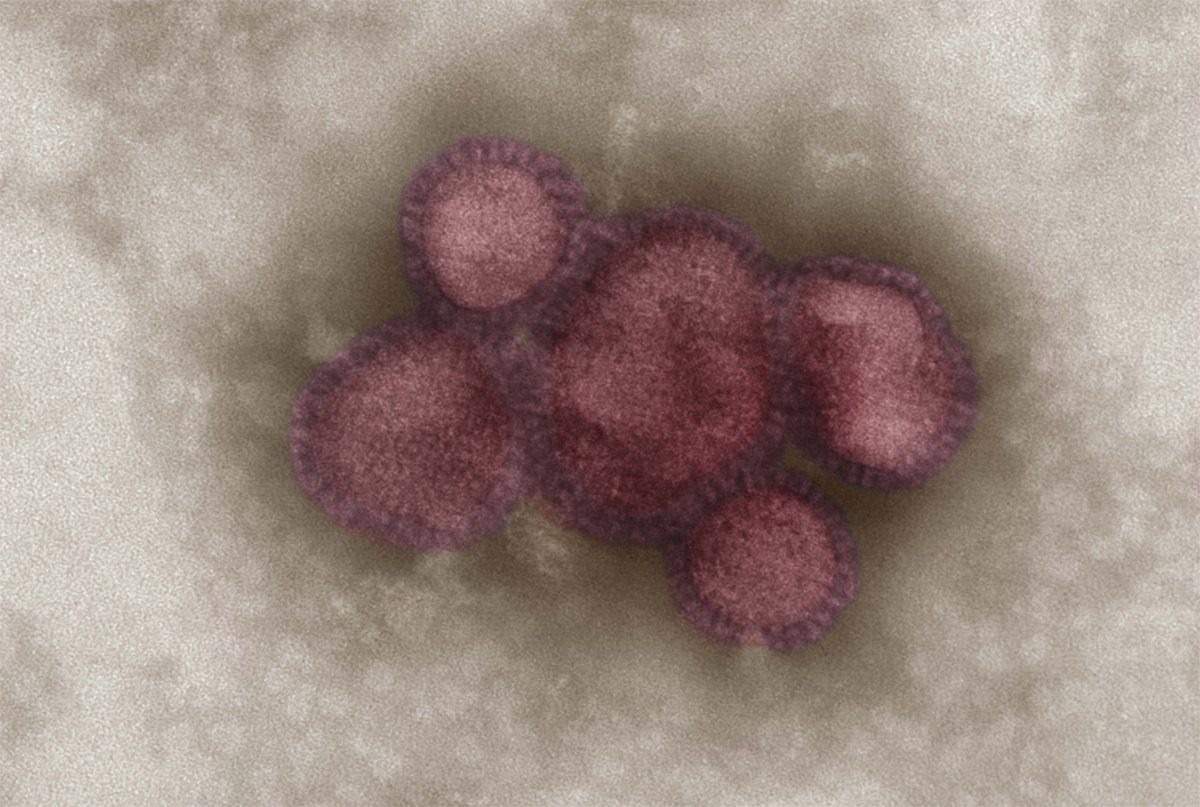
Biological agents
Biology works with bacteria, viruses and fungi. In the TFA there is a risk of contact with blood and animal excrement. Influenza flu also belongs in this category.

Summary from: BAuA - Biological Agents
Due to their very different properties, we can hardly or not at all perceive the more than 10000 biochemicals classified into different risk groups with our sensory organs. Except perhaps the musty smell of moulds or their visible traces, the spores.
Measurement of biochemicals
Biochemicals can hardly be detected by measurements, at least not quantitatively. Cultivation makes it possible to reproduce some biochemicals, but this is not trivial due to the differing demands on nutrient and environmental conditions.
With the currently available measurement standards for biological substances, it is often not possible to derive a reliable hazard potential. With the current measurement standards, measurements for biochemicals are above all empirical, i.e. rather possible for orientation purposes.
The most important guidelines for risk assessment in activities involving biological agents are the Technical Rule for Biological Agents (TRBA) 400 and industry-specific TRBA.
Risk of infection
The main criterion for the evaluation of the biochemicals and their health risk is the infection potential. Currently, more than 10,000 biochemicals are classified according to their infection potential. However, only a small proportion of these classified biosubstances pose health risks, the occurrence of which can actually lead to health complications at the workplace.
Important legal regulations are TRBA 460, TRBA 462, TRBA 464, TRBA 466 and TRBA 468 as well as Directive 2000/54 EU.
Table of frequent pathogens (source BAuA)
| Risk group | Bacteria | Mushrooms | Viruses | Parasites |
|---|---|---|---|---|
| 2 | Staphylococcus aureus, E. coli | Aspergillus fumigatus, Candida albicans | Poliovirus-Vaccine, HAV | Leishmania major, Plasmodium spp. |
| 3 | Shigella dysenteriae, Salmonella typhi, Chlamydia psittaci, Mycobacterium tuberculosis | Coccidioides immitis, Blastomyces dermatitidis | HBV, HCV, HIV, yellow fever virus, monkey pox virus | Echinococcus, all species Risk group 3(**) Plasmodium falciparum Risk group 3(**) |
| 4 | - | - | Lassavirus, Ebolavirus, Variola major-Virus | - |

